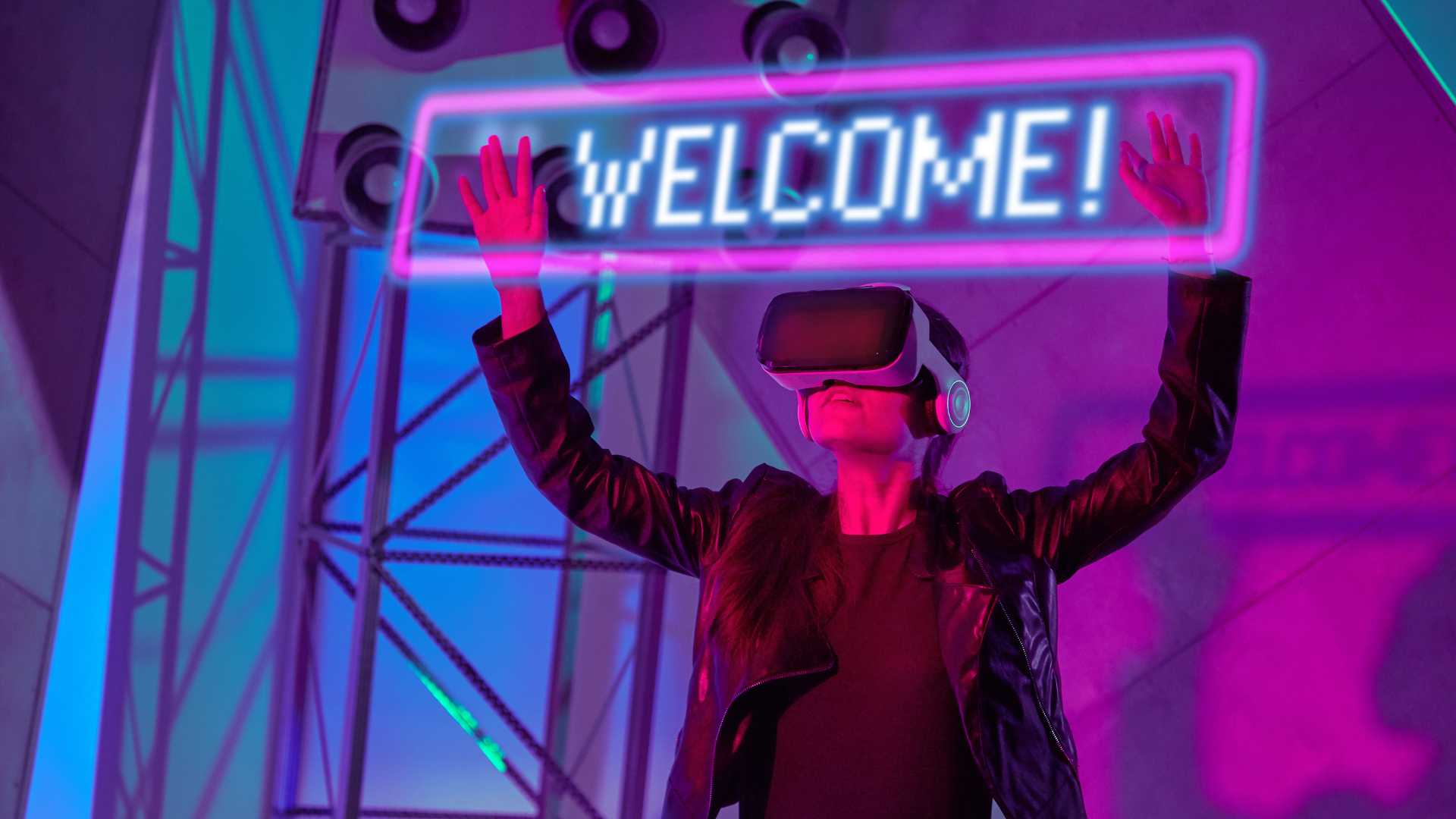Latest Technology Headlines Across the World
Sweeping across the globe, technological trends continue to shape the way we interact, conduct business, and live our everyday lives. With each passing day, new frontiers open in the realm of technology, building the future piece by piece.
Innovations Leading the Way
In the race of technology, certain advancements act as torchbearers propelling the industry forward. From augmenting reality through AR/VR technology to harnessing the power of the human brain through neurotechnology, these breakthroughs redefine boundaries and possibilities. Artificial Intelligence (AI), for example, permeates various sectors, revolutionizing tasks deemed previously impossible to automate. Similarly, Blockchain technology, besides leading the cryptocurrency market, also presents itself as a weapon against fraud, safeguarding numerous industries with its invincible data encryption potential.
Sustainability in Tech
Simultaneously, environmental sustainability takes center stage in technological development. Major tech giants like Apple and Google, for instance, have declared commitments to running on 100% renewable energy, heralding an era where innovation and environmental consciousness walk hand in hand. Moreover, the rise of ‘green tech’ such as energy harvesting, efficient batteries, and waste processing technology signifies a robust step towards achieving global sustainability goals. Sustainable practices not only assure the longevity of tech businesses but also underscore an urgent global need for environmentally conscious innovation.
Impact of AI and Robotics
Stepping into the realm of intelligent machines, this segment explores the transformative effects of Artificial Intelligence (AI) and Robotics in various sectors. The focus narrows onto two pivotal areas: healthcare and manufacturing, where these technologies are pioneering unprecedented changes.
AI in Healthcare
AI has emerged as a game-changer in the healthcare sector, affecting multitude aspects such as disease diagnosis, patient care, drug development, and health data management. For instance, AI-powered systems, like Google’s DeepMind health AI, excel at detecting diseases—such as breast cancer—earlier and more accurately than in traditional methods. Meanwhile, IBM’s Watson has demonstrated a high level of precision in suggesting treatment options for cancer patients, identifying suitable clinical trials, and assisting in drug discovery. Lastly, chatbots double as healthcare assistants, providing information, scheduling appointments, and even monitoring patients’ health round-the-clock.
Robotics in Manufacturing
Manufacturing also finds itself in the grip of a robotic revolution. Not only have these machines significantly reduced human involvement in repetitive tasks, but they’ve risen to the challenge of complex roles. For example, Tesla’s automobile assembly line employs high-tech robots that assist in intricate tasks like welding and painting. Simultaneously, Amazon harnesses sophisticated robotic systems in its fulfillment centers for sorting and packaging tasks—dramatically boosting the efficiency and speed of operations. These instances merely mark the beginning of the extensive applications of robotics in manufacturing—potentially rendering the sector a realm dominated by autonomous machinery.
Advancements in Consumer Electronics
Transitioning from advancements in AI and Robotics, let’s delve into the realm of consumer electronics, particularly focusing on smartphones, wearables, and home automation systems.
Smartphones and Wearables
Market trends reflect the rapid progress in smartphones and wearables. With each passing year, these devices not only become more powerful but also integrate advanced features that blur the line between digital and real life. For example, Apple’s iPhones now come with powerful AI-driven chips, enhancing capabilities from photography to gaming. Samsung’s Galaxy line isn’t lagging, boasting features like expandable storage and top-tier displays.
In the wearable segment, smartwatches, fitness bands, and smart glasses dominate. These devices provide users with wellness tracking, never missing a beat or a step. Apple Watch, for instance, allows ECG monitoring and sleep tracking, while Fitbit’s smart bands offer a wide range of fitness metrics. Google’s acquisition of Fitbit adds an interesting dynamic, hinting at the state’s greater efforts into the wearable market.
Home Automation Systems
As for home automation systems, they’ve significantly evolved, transforming households into smart homes. Automation in everyday consumer electronics like thermostats, lighting, and security systems enhances comfort, security, and energy efficiency. Google Nest and Amazon’s Alexa have become common household names, providing voice-activated control for a variety of home devices.
These systems not only automate regular tasks but also provide remote access to home appliances. For example, users can adjust their thermostat while away from home or lock their doors from their smartphones. Advancements in these tech-dominated households, it appears, aim to make life simpler, more controlled, and efficient one device at a time.
The future promises even more exciting technological developments. As we continue to explore, adapt, and innovate, we’re moving towards a world where technology isn’t just a tool, but a partner in our journey to a smarter, more efficient, and sustainable future.
